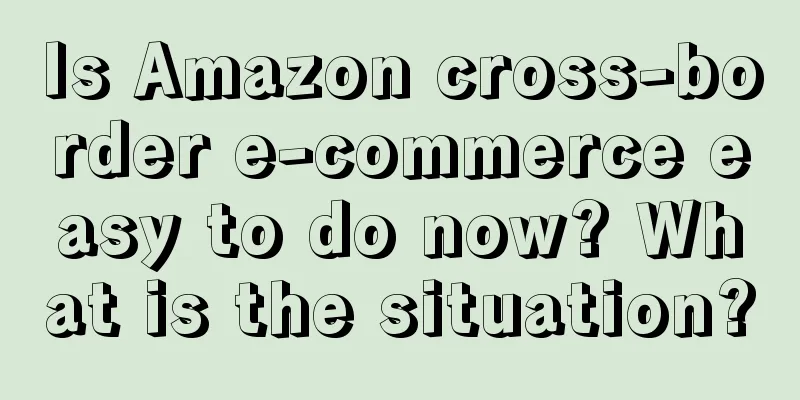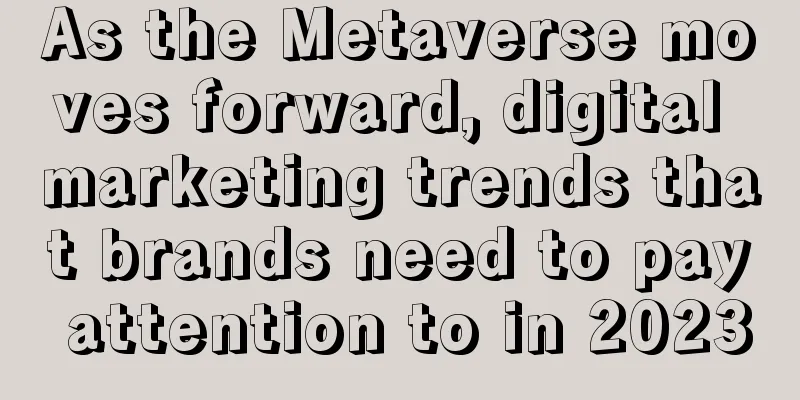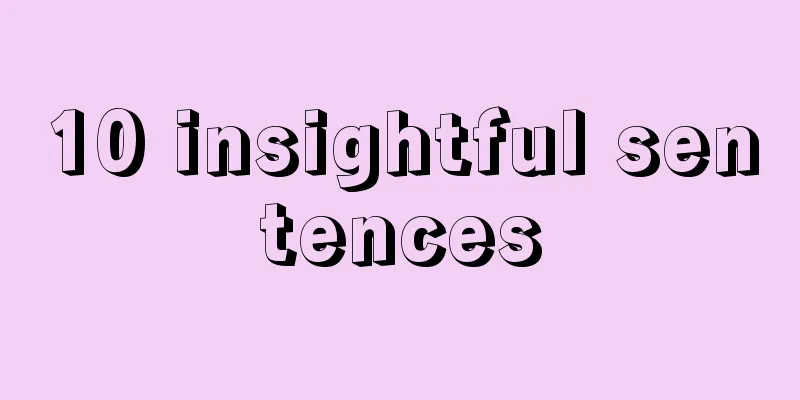Meta paid ad removal faces complaints, has privacy become a privilege for the rich?

In November, Meta launched Facebook and Instagram's ad-free subscription model in the European Union, but it quickly faced a backlash. Last Thursday, the European Consumer Organization (BEUC) filed a complaint with the Consumer Protection Agency (CPC), claiming that the subscription fee for Meta's ad-free service is unreasonably high and indirectly infringes on users' privacy rights. If the allegation is successful, Meta will face fines and costly business changes. About 97% of Meta's revenue comes from advertising, and apps such as Facebook and Instagram are the primary frontiers of its advertising business. Insisting on promoting ad-free subscription services will have a huge impact on the entire advertising market. 1. Meta that exploits policy loopholesMeta’s ad-free service costs 9.99 euros ($10.96) per month on the website and 12.99 euros on the app, and can currently be shared between Facebook and Instagram accounts. Image source: Thomas Ricker "Ad-free subscription service" sounds a bit awkward, but in layman's terms it actually means "pay to get rid of ads." Before this, Meta had been free to use for many years, and made profits mainly through advertising on the platform. The ad-free model seems to be able to open up a new source of income for Meta while reducing advertising. Why did Meta cut ads for no reason? It’s not because Meta felt guilty, but mainly because the policy was too strict. Advertisements on the platform need to collect user data for “personalized” delivery. Many domestic apps will also have such pop-up windows, and users often need to agree to the platform’s use of privacy data before they can continue to use products and services. Previously, the EU data regulator passed a law that has threatened the foundation of Meta's business model: technology companies cannot require users to agree to tracking data and targeted advertising in order to use products. In other words, users must have the freedom to refuse, and this freedom cannot be at the cost of giving up the use of services. The law proposes "equivalent alternatives" and specifically mentions paid product versions. The starting point of the policy to protect privacy is right, but the end point seems to be a bit biased, and it has evolved into asking users to pay for privacy and security. Meta seized this loophole and launched ad-free subscriptions. People gradually came to their senses, and this also became the fuse for BEUC to accuse Meta. The European Digital Rights Center NOYB also filed a lawsuit against the Austrian privacy regulator, arguing that one-fifth of the people in the EU are at risk of poverty and cannot afford the so-called "pay or OK" systems that force users to choose between "payment and privacy." Facing accusations that the prices are too high, Meta argued that these prices are consistent with paid services of YouTube, Spotify, and Netflix. Meta said that the subscription was launched to comply with EU privacy laws while continuing to provide people with personalized products and services, which has nothing to do with revenue. But no matter how Meta tries to distance itself from subscriptions and revenue, this model will bring it new profits. If the plan continues, the fees may increase. Starting from March 1, 2024, Meta's payment will no longer be universal for all accounts. Linking other accounts to the subscription will cost an additional 6 euros/month on the website, and an additional 8 euros/month on iOS and Android. In addition to the simple and crude price increase, Meta will also promote ad-free subscription services in India in 2024 to further expand the market. 2. Lack of tangible added valueMeta compares its ad-free subscription service to YouTube, Spotify, and Netflix, but their logic is completely different. The biggest difference is that Meta's selling point is just "no ads", while the latter mainly attracts users with content. Take Netflix as an example. It used to be the industry's "ad-free benchmark": using high-quality content to attract users to pay instead of advertising, and then feeding the revenue back into content production, forming a virtuous circle, and a number of representative works such as "House of Cards" and "Stranger Things" emerged. For a long time, "ad-free" was the golden rule that Netflix adhered to. Domestic iQiyi, Youku and Tencent Video also often mention "content-driven", but they are not resolute in doing so and still rely mainly on Internet advertising. Long video platforms are several steps ahead of foreign countries in exploring advertising models, including patches, implants, information flow ads, brands, effects, customized marketing... Membership fees are mostly just icing on the cake. However, despite years of exploration of "membership + advertising" by long video platforms, they have only barely made a profit this year, and most of them are still losing money. Netflix, which insisted on no ads, could no longer hold on. With user growth peaking and market competition fierce, Netflix tried to keep raising membership prices, but eventually turned to advertising monetization. Netflix's ad package was launched on November 3 last year, priced at $6.99 per month, which is lower than the basic package. Users who subscribe to the service need to watch 4 to 5 minutes of ads per hour on average, and each ad lasts 15 to 30 seconds. This package is aimed at users who want to watch dramas more cheaply and don't mind watching some ads. Image source: netflix.com In May this year, Netflix executives said that the low-priced advertising package has achieved good results after its launch, and the number of monthly active users has reached 5 million. While attracting customers and increasing revenue, this part of the resources will be directed to advertisers, who will use Netflix's rich program content to earn more profits. Netflix's advertising package has been successful, indicating that users who have been immersed in the Internet for many years have gradually become accustomed to the existence of advertisements. The difference lies in the quality of the user experience. Meta launched an ad-free subscription at this time. In the absence of content or other advantages, it simply "kidnaps" users with social relationships on the platform. With the precedent of X (formerly Twitter), Meta has difficulty attracting a large number of paying subscribers. External supervision also makes it difficult for Meta to implement ad-free. NOYB has been complaining about Meta's privacy issues regarding personalized ads since 2018. As of January this year, the Irish Data Protection Commission (DPC) has issued a total of about 1.3 billion euros (about 10 billion yuan) in fines to Meta. Meta, as a technology giant, has set an example for the industry. X recently launched a $16-a-month premium membership, which includes ad-free browsing experience. TikTok is also testing a $4.99 depersonalized ad subscription overseas. NOYB estimates that, assuming an average of 35 apps installed on each phone, privacy protection could cost €8,815 per year, assuming all fees are charged. For a family of four, that would cost €35,000, which is more than the average full-time income in the European Union. Regulators are concerned that if other social platforms follow Meta’s example and launch paid ad-removal services, the domino effect will make the cost of protecting privacy increasingly high, and privacy will eventually become a “privilege” for the rich. 3. Make advertisers more dependent on contentAs the world's largest social platform, Meta's ad-free trend will have the most direct impact on advertisers. First, this will reduce the exposure of traditional ads on social platforms such as Facebook and Instagram, requiring advertisers to adjust their investment. The introduction of ad-free subscription options on Meta's platform will lead to a reduction in advertising coverage, followed by increased competition for advertising space. Advertisers may shift more spending to Google and other social platforms such as Snapchat, LinkedIn, X, etc. Although X also has a Premium+ package at $16 per month, there are two buffer versions before it, Basic and Premium, which have not completely abandoned ads. This price comparison creates an "anchoring effect", allowing users to choose a compromise between paid and advertising. This cost-effectiveness-based plan is also something Meta needs to learn. Secondly, content creators, influencers and KOLs on the platform will become more important. As the platform facilities for advertising are reduced, the reduction of traditional advertising has provided new opportunities for advertising content such as creativity and KOL cooperation. Unlike traditional advertising, "eating" content cannot be directly ignored or skipped. If the quality and tone can be guaranteed, high-quality advertising content can become the main form of communication between brands and consumers. At the same time, paid subscriptions become a screening mechanism for users, and users who stay on the ad-supported version are more likely to accept ads, leading to higher engagement rates. Brands need to target corresponding user groups and work effectively with KOLs to enhance the appeal of advertising formats. Brands and agencies should diversify their strategies, focus on premium content and explore alternative advertising channels. It is critical to keep abreast of Meta’s developments and user adoption of subscription plans. In this ever-changing environment, flexibility and innovation will be key for brands to effectively connect with their target audiences. Author: TOP Jun WeChat public account: TopMarketing (WeChat public account: TMarketing) |
>>: What is the data analysis MVP method? How to use it?
Recommend
Find the right target audience, these 8 questions can help you avoid detours!
We all know that when writing copy, we must first ...
How is the shipping fee calculated for Amazon Germany? Is it expensive?
Many people go shopping on Amazon now. You need to...
Why has the once most popular Internet community been neglected by users?
Social media is becoming more diverse, and the num...
Young people who save money have their wallets taken advantage of by discount stores
Compared with large supermarkets with relatively h...
With millions of followers added in a single month, why is the “hybrid version of Plants vs. Zombies” so popular on the entire Internet?
How did the "Plants vs. Zombies hybrid" ...
How does a data analyst write a "useful" analysis report?
Many data analysts are trapped in the endless coll...
Xiaohongshu’s beauty and makeup hit article maker!
This article deeply analyzes the value of Xiaohong...
Is it easy to be a domestic seller on Lazada? Why?
Lazada is also one of the cross-border e-commerce ...
30 things to know about Xiaohongshu e-commerce
Xiaohongshu e-commerce has been developing continu...
[Planting flowers in private domains and planting grass in public domains] Full-link content marketing methods for small and beautiful businesses
The core of a small and beautiful business is to a...
What should foreign traders do if their RMB receipts are frozen? How to solve it?
Foreign trade merchants need to prepare a collecti...
Is there a limit on the amount of foreign exchange that companies can settle? How can I increase the limit?
In the tide of globalized economy, foreign exchang...
This is a profitable business that everyone can do.
Explore the brainless money-making methods with ze...
The underlying logic behind the brand’s best-selling
Excellent products meet the needs of consumers, an...
Kimi's way of making money is so abstract...
Have you used Kimi recently? Have you noticed the ...
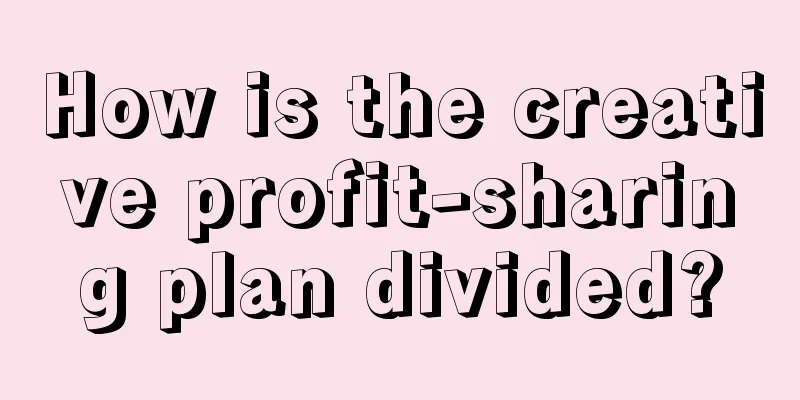
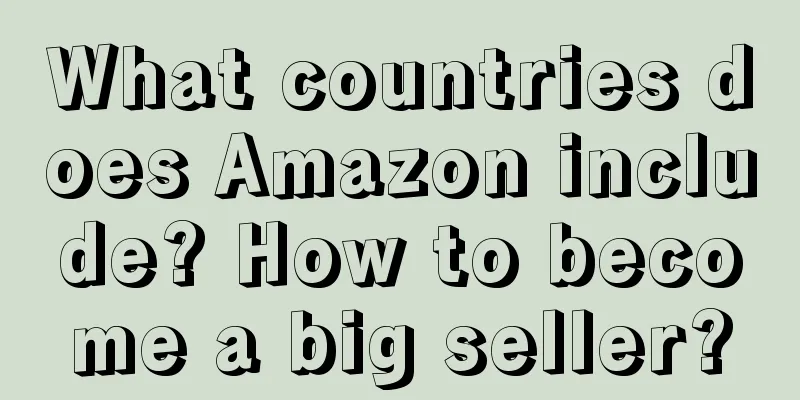
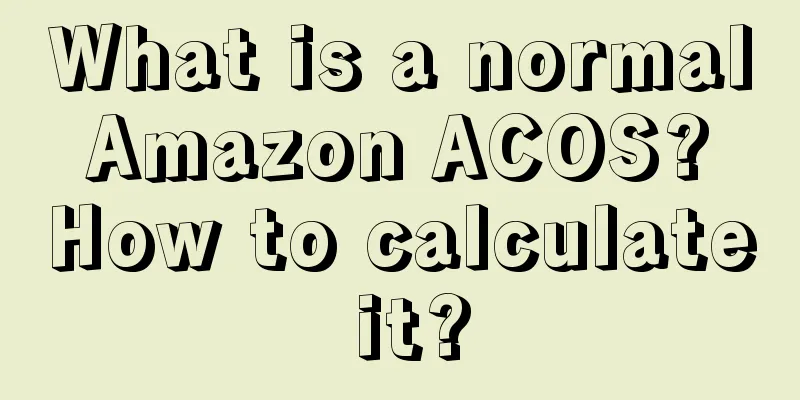
![The public account [Content Boost] is in internal testing, and the traffic is coming!](/upload/images/67e6ef0eca773.webp)
